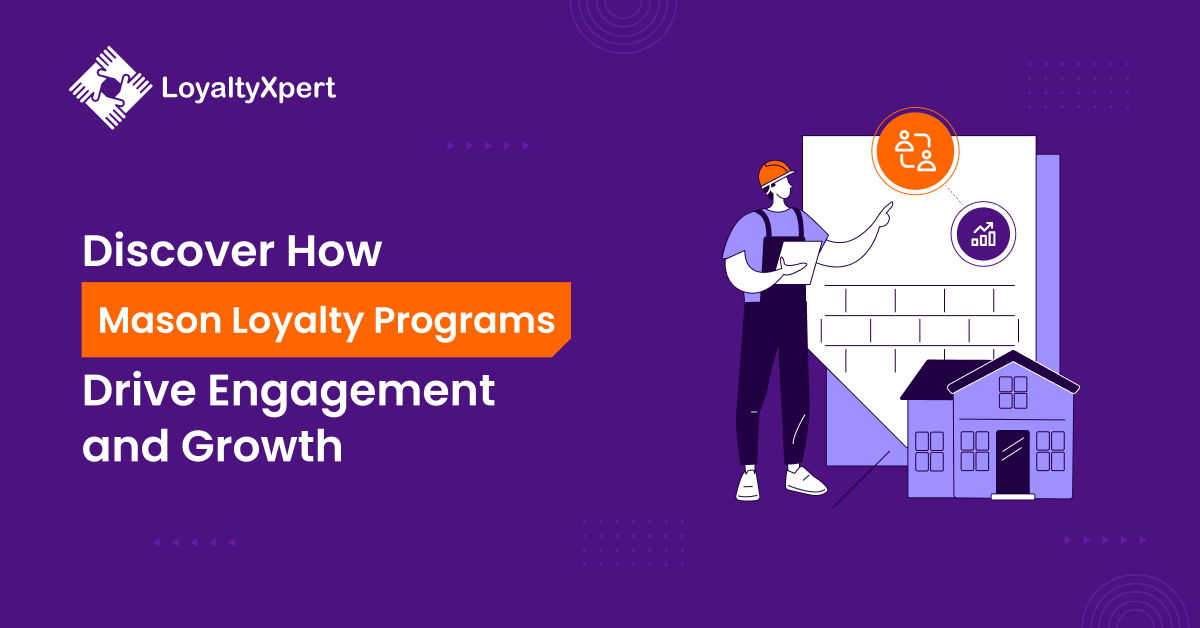
Essential Tips to Manage Loyalty Program Liability
Author
admin
Published on:
Feb 23, 2024
Table of Content
- 1. Learn more about your business buyers by doing research
- 2. Determine the best customer behaviors and support them
- 3. Make your program as simple as possible
- 4. Take the lead via digitalization
- 5. Provide the greatest experience for your customers
- 1. Increasing interaction with customers
- 2. Swiftly redeeming points
- 3. Present the points expiry
- 4. Controlling redemption expenses
- 5. Enhancing program structure
See How Our Loyalty Program Can Help You.
Let us guide you through our product features with Loyalty Experts
Loyalty programs have become a useful tool in today's cutthroat corporate environment for boosting client engagement and fostering loyalty. Nevertheless, these initiatives can have a significant negative financial impact on businesses, showing up on the balance sheet as a "loyalty program liability". An organization’s capacity to maintain its financial stability depends on its ability to recognize this obligation and manage it well.
According to Harvard Business Review Research, having loyal customers is in the interest of both the shareholders and management. Revenue growth for loyalty leaders is about 2.5 times faster than other businesses in their sectors. It also provides 2-5 times higher returns to shareholders over the next 10 years.
Understanding Loyalty Program Liability
Customers receive loyalty points for purchasing goods from the brand as a reward, which encourages them to return to collect more points. These loyalty points are funded by a variety of buckets (MDR, Commissions, Promotions, Sponsors, Marketing, and so on) and are subsequently moved to the liability side upon issuance to the member. Put another way, they are recorded in the P&L by deducting the appropriate amount from the budget and adding it to the points liability; this reduces the impact on cash flow because the points are not spent as an outflow until they are redeemed. This obligation will logically develop and multiply enormously each year as your business expands and your goals are met. This entire exercise will also foster long-term customer liability. This suggests the following:- The brand's customer lifetime value has grown
- The price of the points has been calculated.
- The expense of acquiring new consumers is surpassed by the rising value of current ones.


